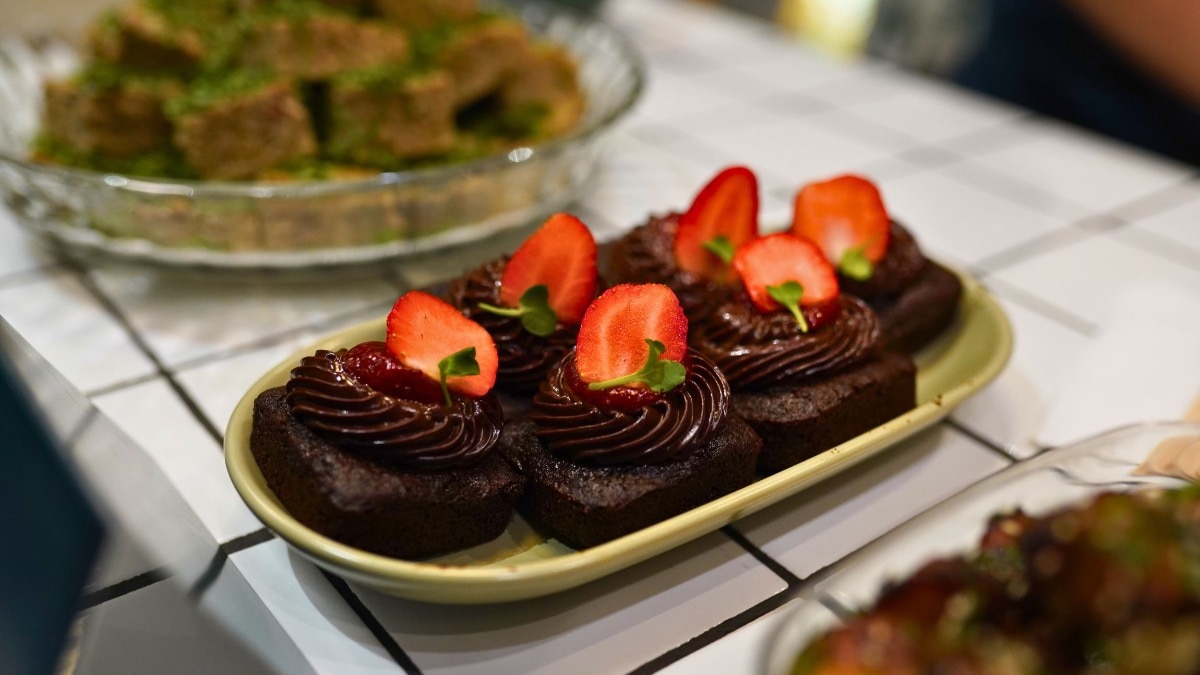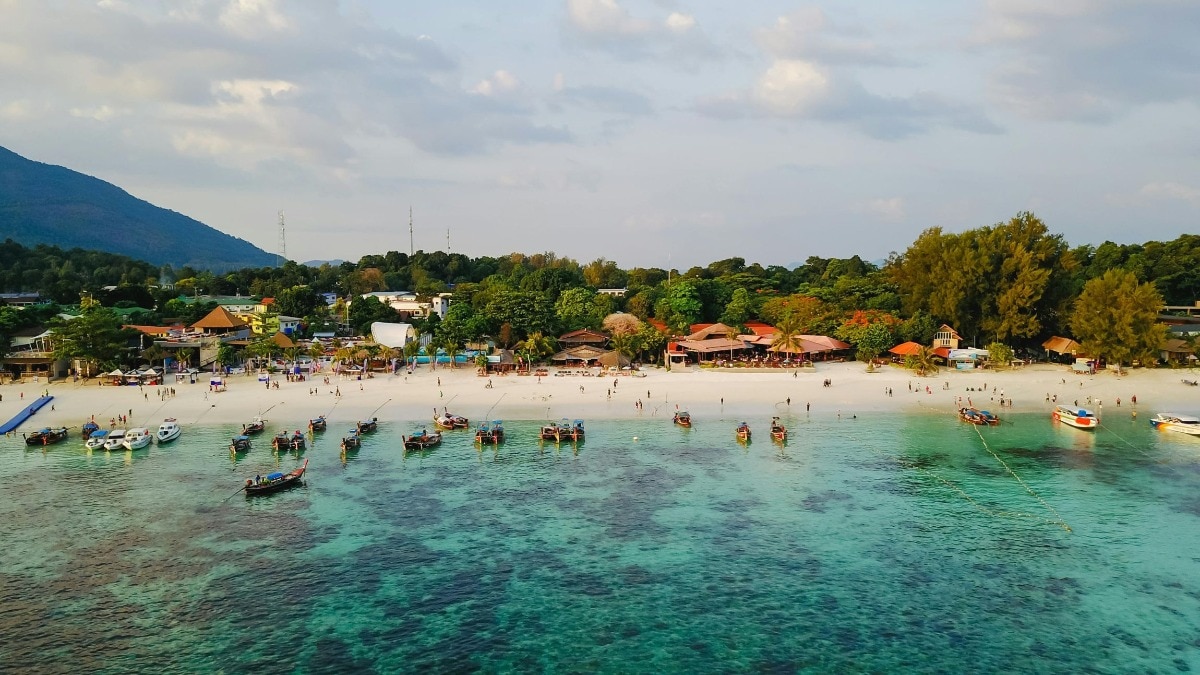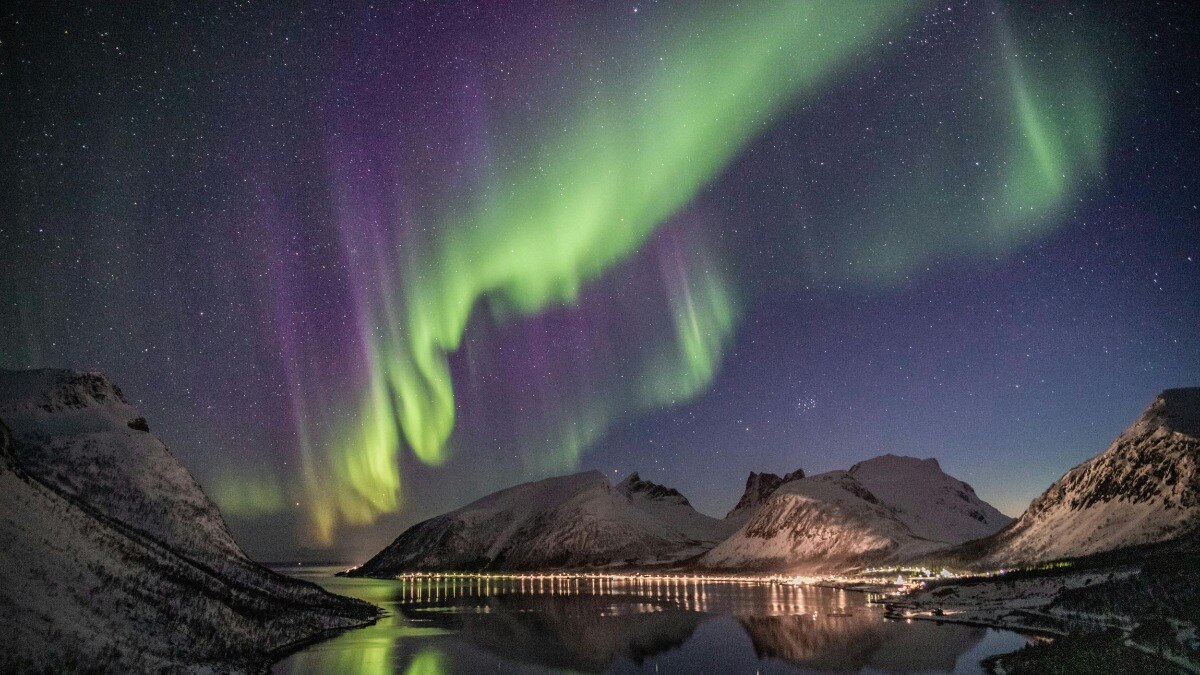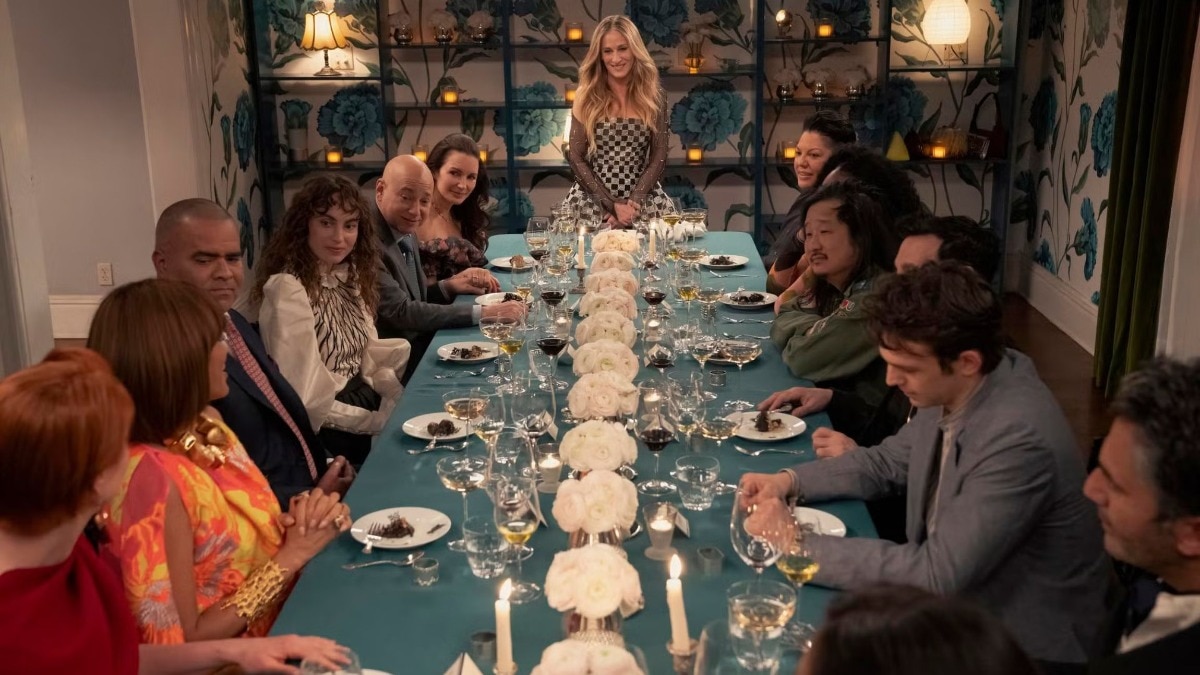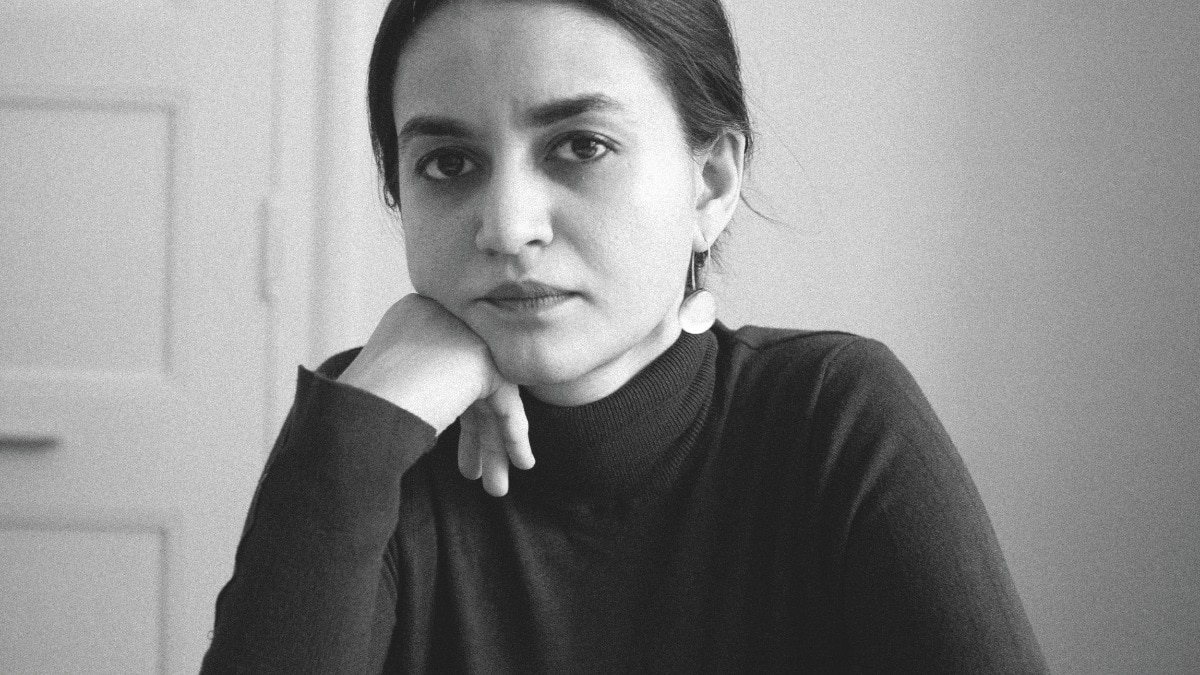
How Malaysia has transformed itself into a perfect marriage of the old and new
Back home after three decades, the author and her mother make precious memories in a country where the cultural riches of the past merge with the pleasures of modern-day living.

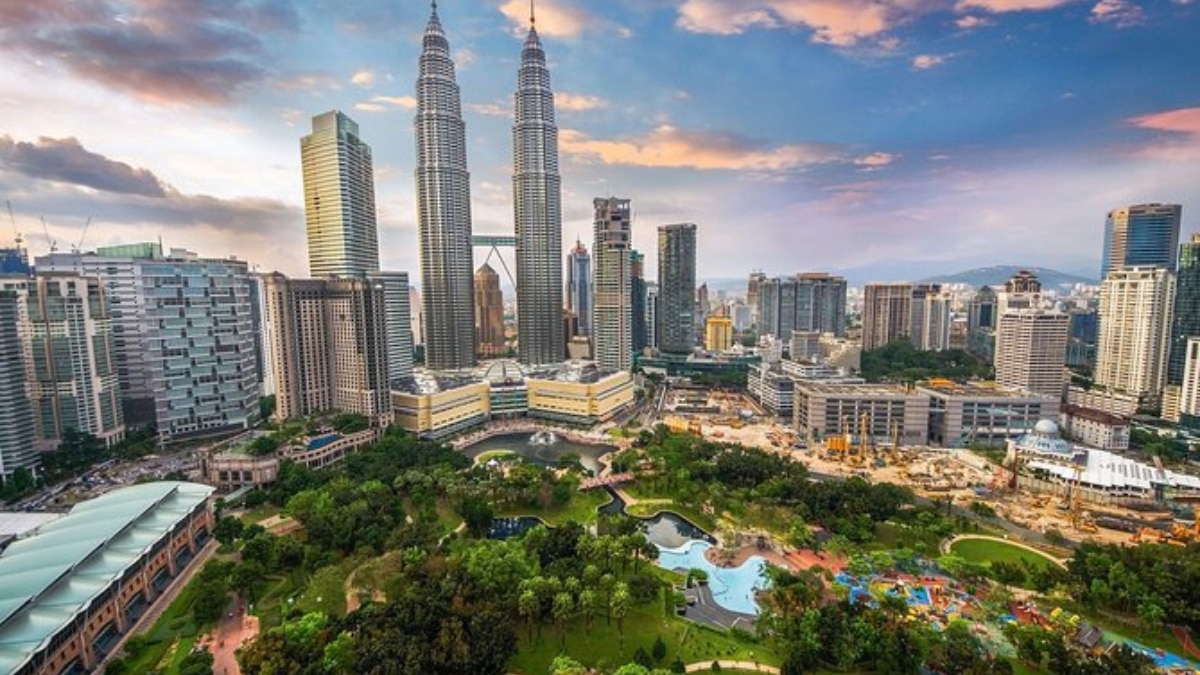
My mother, Agnes, first took me to malaysia when I was three, and I remember rows of bicycles taking up the full width of the lanes; later, aged eight, I heard the thrum of mopeds all about me. Returning as a young adult, I found Kuala Lumpur alive with cars, a medley of overhead freeways and rush-hour traffic.
These piecemeal impressions, though distorted by age, time and a romantic disposition, reflect the development that has shaped the capital. I was reminded of this as we drove in from the airport on long, smooth roads, past shiny cities such as Cyberjaya, home to the Huawei and BMW headquarters. My mother and I had come back to Malaysia together for the first time in 31 years, crafting a unique itinerary with Audley Travel. For her, it was a strange homecoming—a reunion, of sorts. She grew up here with her five siblings (two girls and three boys), raised solely by their mother, Madame Yew Eng Lan, who had been widowed twice. My aunts and uncles all moved away, to Australia, Canada and the UK, but had returned to Malaysia in memory of my uncle Raymond, who died last year. Besides, there were places my mother wanted to show me, people she wanted me to meet, who could colour in the outlines of our past.
Some things, I found, had remained the same: the hot, heavy air that hugs your skin, the sun that dictates the heat of the coming day. Clouds threatened to form each afternoon—it was May, and the season of transition, when the monsoon from the northeast meets that of the southwest. But the rains were somehow kept at bay, and anointed us only with an occasional drizzle.
Our home in KL was the Majestic, a vast, bright structure, beautifully marbled on the inside. The hotel sits in the shadow of the newly built Merdeka 118, currently the second-tallest building in the world, its shape inspired by the arm and index finger of the first Prime Minister of Malaysia, Tunku Abdul Rahman, who declared the country’s independence from the British in 1957. From our window, we had a fantastic view of the monuments around us: the round 16-pointed green roof—reminiscent of concertina paper—of the handsome Masjid Negara mosque, and the creamy-white 1917 KL railway station, with its Moorish arches balustrades, minarets and cupolas. Just a short walk away from the Majestic is the Muzium Negara—the National Museum–a four-room immersion into the making of modern Malaysia and its 13 states. It tells a story that starts with Perak Man–the oldest human skeleton found in Peninsular Malaysia, dating back an estimated 11,000 years—and charts the country’s history of colonisation by the Portuguese, Dutch and British, as well as exploring the Indian, Chinese, Malay and indigenous cultures that have shaped the country over the centuries.

One night, my uncle Dominic and I went out to sample the city’s street food, guided by Bala, a knowledgeable former boxer. We strolled through Merdeka Square on a calm Sunday evening. The name Kuala Lumpur means ‘the confluence of two muddy rivers’ in Malay, and we stood to gaze over the meeting point of the Klang and the Gombak Rivers in present-day Ampang. It was at this site, back in 1857, that 87 Chinese men who had been sent in search of tin to mine found they could go no further; this led to the founding of the city. Then we set off to Chinatown, bright with yellow lanterns overhead and vendors selling bags, T-shirts, knick-knacks. We negotiated the gentle bustle and queues down the street for Portuguese chilli fish topped with okra, and piping hot, soy-slicked Hokkien Mee cooked to a 100-year-old recipe. We perched on plastic stools, swapped stories with Bala and ate until we could eat no more (a feat in the case of my tall and athletic uncle, who is normally undefeated by even the largest portion).
It was a stark contrast to the dinner we’d had the night before at Noble Mansion, in the suburb of Petaling Jaya, with my mother’s siblings to celebrate my uncle Gerard’s birthday. The restaurant had been designed for banqueting—course after course arrived on generous platters in quick succession: crisp-skinned duck with bao buns, clear soup with red dates, abalone and dried scallops, and lacquered plum-red pigeon…
Ipoh is only a two-hour drive north of KL, but a world away in personality. Unaffected by skyscrapers and surrounded by limestone cliffs and caves still used as temples by monks, it has a friendly casualness, despite once being dubbed the ‘City of Millionaires’ as a result of the tin rush in the late 1800s. It sits in the Kinta Valley, where the British discovered large tin deposits and employed thousands of Chinese—Hakka, Hokkien, Teochew, Cantonese—as manual labourers. Decades later, my grandfather was responsible for his own mines in nearby Tronoh and Falim, but by the time my mother was born in 1950, they were far from thriving, and he died soon after. From her house on Belfield Street—now Jalan Sultan Yusuf in the picturesque old town–my grandmother would venture out every morning, immaculately dressed in a pressed blouse and trousers, to buy and sell shares at the Botley Stock Exchange. At the close of the trading day, she would tune in to the radio to see how her stock had performed. It’s common lore within our household that Eng Lan’s astuteness and stoicism kept the family housed and fed, but retracing her steps under the connected arches that run along the streets from one end to the other reminded me that she was a vulnerable widow in the 1950s with six young children—her safety and independence were not guaranteed.

The city has become more fashionable in recent years (not least because it’s the hometown of the actress Michelle Yeoh). There’s a proliferation of hipster coffee shops purveying the famous Ipoh White Coffee, made with margarine-roasted beans and condensed milk, and heritage hotels, such as the beautifully renovated but relatively analogue Sarang Paloh. An extensive city tour took me from the imposing Ipoh station, a hybrid of late-Victorian and Mughal architecture that spoke to the importance of railway to the economy and in running both the Empire and the country, through the padang (field) where cricket was played and the pedestrianised backstreets. We dropped into the multisensory gallery 22 Hale Street and the Han Chin Pet Soo museum, which charts the trajectory of how the country’s natural resources have shaped society. A villa that had been a gentlemen’s club for tin-mine owners, this was once a place where business was done, opium was smoked and cards were played. Through the story of one family, we were able to comprehend Ipoh’s evolution from tin town to one of the largest and most significant cities in Malaysia.
Two days later, I was alone waiting for a boat, watching the waves break onto the beach and white-bellied eagles soar above. Our visit had been a whirlwind of breakfasts, lunches and dinners to celebrate my mother’s return. As Eng Lan had been my grandfather’s third wife, there were also cousins, second cousins, aunties and great-aunties I hadn’t even known existed. There were too many threads to untangle.
So, coming to Penang on my own was a balm—an opportunity to reflect. I’d spent the morning hiking through its national park on the northwestern tip of the island. Though the park itself covers only 23 square kilometres, it was a brilliant half-day excursion through steep rainforest, accompanied by the sound of cicadas and led by Abu, who had a wealth of botanical knowledge. We made our way past pandanustrees, various species of bamboo, ferns that protected the earth from heavy rainfall, and strong, thick mangroves. When we emerged from the forest, we met giant golden-black squirrels feasting on cashew-nut fruit, and trekked past a meromictic lake that has a layer of fresh water that sits on top of seawater. The highlight was a visit to a small turtle sanctuary, where day-old green and olive ridley turtles are attended to, before being released into the sea. I was picked up outside the sanctuary by a fishing boat and took the wheel for the first part of the journey, bumping over the waves, before landing at Monkey Beach for a lunch of freshly cooked nasi goreng served with a refreshingly cold chrysanthemum tea.

Another day, I wandered through the streets of the island’s capital George Town—a Unesco heritage site—to see the 19th-century mint-green Pinang Peranakan Mansion, a house so ornate and full of antiques that it featured in Crazy Rich Asians and the wildly successful Singaporean series The Little Nyonya. The Peranakans evolved through the migration of 15th-century Chinese immigrants to the Straits of Malacca (Penang, Malacca and Singapore) and the Dutch-controlled island of Java. Their mixed-race descendants, part Chinese, part Malay or Indonesian, created a unique culture as well as arguably some of the best food in Malaysia (my particular favourite being asam laksa, a tart variation on the soup with tamarind and garnished with fresh onion, mint, torch ginger flower, pineapple and cucumber). Then, I took in the surrounding Hindu and Buddhist temples, and the rich cultural diversity of what had been a strategically important trading post.
My hotel, the Seven Terraces, was an exercise in good taste: a passion project for its Peranakan owner, who had filled it with dark teak and gold antiques, and porcelain vases embellished with phoenixes. The walkways surrounding the courtyard were elegant, each double-height suite a sanctuary, with an air of intimacy and secrecy. I would look forward to my 3pm daily swim in the courtyard pool, where afternoon tea was served, consisting of Nyonya kueh, intricate cakes made with glutinous rice flour that I’ve always thought resembled bi-coloured mahjong tiles.
Our driver, Zam, had been a congenial companion throughout the whole trip, and proved essential in my quest to find ripe local durian, that spiky, divisively aromatic fruit native to southeast Asia. I brought some back from Penang, much to my mother’s delight, when we were reunited in Ipoh for a final experience. Just outside the city is the 22-acre Banjaran Hotsprings Retreat, hugged by extraordinary 260-million-year-old sheer limestone hills. Nature is intrinsic to the complex; caves sculpted by waterfalls and the elements are used for meditation, and each villa has its own pool and bath fuelled by the geothermal hot springs. It was here that we looked back on our journey. This would, I knew, be my mother’s last trip to the country of her birth: the final time she would see all her siblings together. The convening of her brothers and sisters was like a portal through history, where time fell away and the distant past became ever closer.
This piece appeared in the September print edition of Harper's Bazaar UK.


